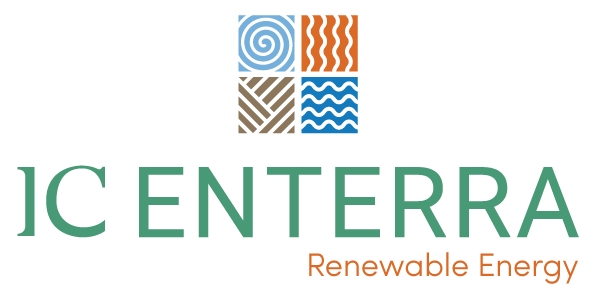| Physical risks arising from damage to infrastructure/facilities and operational shutdowns due to disasters such as storms or heavy rains causing extreme weather events, river floods, etc.
|
Physical – Acute
|
4 – High Impact
|
4 – High Likelihood
|
Medium
|
- Strengthening HPP infrastructure against floods and inundations
- Using durable roof systems and protective covers to shield SPP panels from strong winds and hailstorms
|
- Annual infrastructure maintenance and repair costs (₺)
|
| Risk of extreme temperature fluctuations and other severe weather conditions creating uncomfortable working environments and causing decreases in employee productivity
|
Physical – Chronic
|
3 – Moderate Impact
|
3 – Moderate Likelihood
|
Medium
|
- Periodic health check-ups for employees
- Creation of critical personnel/equipment lists
- Providing air conditioning and appropriate protective equipment for workspaces
|
- Annual labor loss rate (days/year)
|
| Risk of operational shutdown due to water stress
|
Physical – Acute/Chronic
|
4 – High Impact
|
4 – High Likelihood
|
Medium
|
- Developing water management plans in HPP projects in harmony with local ecosystems
- Supporting environmental projects to protect local water resources
|
- Operational water consumption (m³/year)
- Number of water-saving projects
- Downtime due to climate risk (hours)
|
| Risk of power loss in hydroelectric power plants due to changes in riverbeds (watercourses)
|
Physical – Acute/Chronic
|
5 – Critical Impact
|
4 – High Likelihood
|
Medium
|
- Developing new waterways and flow regulation projects
- Performing regular hydraulic modeling to monitor changes in riverbeds
|
- Flow measurements
- Climate and precipitation data
|
| Decreased efficiency in solar panels and related production losses due to extreme heat and dust movement
|
Physical – Acute/Chronic
|
5 – Critical Impact
|
4 – High Likelihood
|
Medium
|
- Installing automatic cleaning systems to regularly clean SPP panels
- Using heat-resistant panels and cooling technologies
|
- Energy Production Capacity Loss (%)
|
